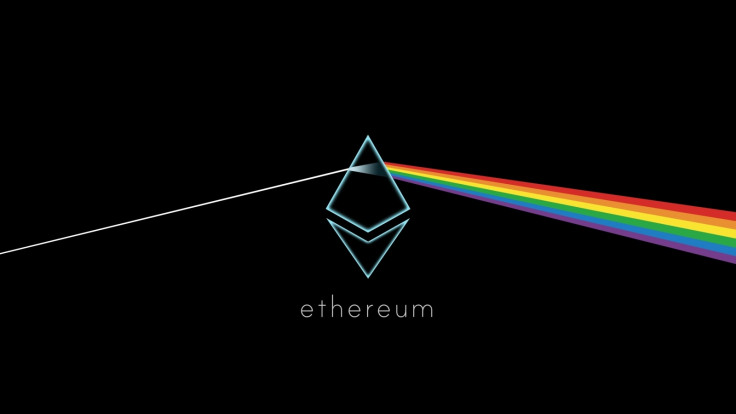Ethereum's Vitalik Buterin proposes 'fairer' Interactive Coin Offering protocol
Jason Teutsch of the TrueBit Foundation co-authored the white paper.

Ethereum leader Vitalik Buterin and Jason Teutsch of the TrueBit Foundation have published a joint academic paper that presents an alternative model for companies looking to perform an initial coin offering (ICO). In the paper, the two argue for a new structure for ICOs, which would allow fair participation by all buyers and could possibly introduce stability into the volatile ICO market.
As explained by Rob Bent, COO of the TrueBit Foundation, in a Medium post, ICOs are currently limited to two current structures – capped and uncapped – with both offering advantages and disadvantages.
In a capped sale, a fixed number of tokens are sold at fixed price, resulting in a fixed valuation. These sales tend to be oversubscribed and sell out quickly, making it difficult for everybody to participate, leading to congestion on the network and allowing for a "free trade" for early contributors. Some sales end up with massive transaction fees and many failed transactions as people rush to get in. Overall, this model relies on the Token Issuer to set the price, and seems to be broken.
Uncapped sales are often often criticised for being greedy, but more importantly they give participants high uncertainty about the valuation they are buying in at. This can lead to strange behaviours where buyers have sometimes been caught between buying in early to take advantage of a discount and waiting until the final stage to better gauge valuation.
Buterin and Teutsch have proposed a way to satisfy "Buterin's Dilema", which states that both of the conflicting, but desired, properties of "certainty of valuation" and "certainty of participation" are required for an ICO to become fair for everyone participating. To solve this, the authors propose a new protocol, called an Interactive Coin Offering.
The proposed solution leverages game theory and uses smart contracts to implement a system of personal caps, where each token buyer specifies a desired purchase quantity at each valuation.
"The corresponding crowdsale is interactive in the sense that potential buyers may enter and exit the crowdsale based on behaviors of other buyers and in doing so tend the valuation towards a market equilibrium. The protocol also allows sufficient time for informal, social interactions," states the paper.
In each block epoch, buyers can either purchase tokens or voluntarily withdraw funds from the crowdsale. Buyers specify a maximum sale valuation at which they are willing to participate, and if the sale amount ever reaches this personal threshold, the buyer's bid is cancelled and they receive a refund.
After a certain number of blocks, voluntary withdrawals are no longer permitted. In a 30-day crowdsale, for example, the smart contract might permit voluntary withdrawals during the first 20 days, but during the last 10 days, only automatic withdrawals are allowed.
Buyers who purchase tokens early receive a discounted price. The maximum bonus might be 20% (a typical amount for crowdsales today). The bonus decreases smoothly down to 10% at the beginning of the withdrawal lock, and then disappears to nothing by the end of the crowdsale.
"Individual buyers may submit multiple bids in the crowdsale in order to indicate distinct bid amounts for various valuations. In particular, they may choose personal thresholds exceeding the total amount of currency in circulation in order to guarantee a successful bid.
"The time prior to the withdrawal lock provides an opportunity for buyers to calibrate their purchase amounts, and the period after the withdrawal lock pushes the sale valuation to converge towards an equilibrium value. The inflation ramp reduces entrance inertia and encourages formation of a liquid market," states the paper.
© Copyright IBTimes 2025. All rights reserved.






















